
Vintage Motorcars' Porsche 356 Continental replica
As told by Al Weidman
Photos by Steve Temple
This journey of mine all started with a sweet little white Porsche Continental coupe that stole the show. That was back in June 2013, when my family and I were attending a concours event at Niello Porsche in Rocklin, California. We thought it was about the prettiest 356 we had ever seen. I couldn’t get it out of my mind, and it would eventually inspire the meticulous ivory reproduction shown here.
The next year, we attended and there it was again. And once more, it stole the show. I approached the owner and asked about the car, and I eventually asked if he would object if I built a similar car. He said, “Go for it!”
For historical precedent, Porsche enthusiasts will no doubt recall the name of Max Hoffman, the principal importer for the Porsche brand. Notably, he was responsible for the development and production of the highly successful Porsche Speedster for the U.S. market.
So when he suggested the need for a model with more marketing impact, Porsche listened. Rather than assigning a number, which was the company’s usual approach, he suggested the Continental name, in order to give it a European flair. The car featured a number of options under that moniker.
The 1955 pre-A cars were the last of the V-shaped-window or bent-window cars, as the 1956 and later models have a curved front windshield and were the start of the A series cars. The pre-A cars (coupe and cabriolet) have some unique styling features, noticeably different from the 356 A versions. In particular the wider rear fender treatment has a more graceful wheel arch that covers more of the tire. Another difference in pre-A models during the period from 1950 to 1955 included beehive taillight lenses, beginning in October 1952. In addition, numerous changes were made in bumper design between 1950 and 1955. The last version was in body color, with a trim strip and steel bumper guards. The bumper guards were most common on U.S. models from mid-1951 and all others from the 1953 model year. The only exceptions were GT cars and custom orders.
Since Ford hadn’t used the Continental nameplate since 1948, Hoffman thought the ’55 pre-A model could use it without any repercussions. Turns out, however, that the Blue Oval was planning to introduce the Lincoln Continental in 1956, and the company’s lawyers “requested” that Porsche halt production of its Continental. This move limited the run to about 1,200 units for one year only, from October 1954 through October 1955. Thus creating a forced rarity of a truly lovely design. Today, very few 1955 pre-A Continentals in the world are known to have survived and are highly collectible.
For all its charm and rarity, I had to own this car in some fashion, but there were a few difficulties in building an authentic reproduction. To start, the only coupe replicas available were the A model, but I thought that would be close enough. Then Greg Leach of Vintage Motorcars posted a picture of a bent-window coupe body that he had popped from a mold. I followed the painfully slow progress of that car online, as I knew that would be the car I had to have. When finally placing an order for one, I was very specific about the configuration that I wanted, and that became the first production car after Vintage Motorcars’ prototype.
I have long been a Volkswagen, Porsche and kit car enthusiast, having built several of them. I bought my first VW in 1959 and my first Porsche (a 1953 bent-window sunroof coupe) in 1963 — all I could afford at the time. Later, I built an early version of the Meyers Manx, another Manx-type buggy, two tube-framed dune buggies and a Sebring GT2. In addition, I finished an Aztec for a guy, built a Formula Vee from scratch and still have a Speedster built by Vintage Speedsters in the late ’90s in the family.
The Continental build has been a long, arduous process, and it took over two years to finish it. But I am a patient man, and I prefer quality over expediency. It helps that Vintage Motorcars delivered a quality product as well.
There are of course a few differences in construction between an authentic Continental and my replica. Unlike the VW Beetle, which was a separate body bolted directly onto a platform chassis (the VW pan), the original 356 had an integral body and chassis with unitary construction.
In contrast, Vintage Motorcars’ fiberglass body has a steel subframe glassed into it for strength and rigidity and is then joined to the shortened VW pan. To give my car a more authentic look, the emergency brake cables were routed through the center tunnel out the front and up to the underdash location.
I provided the engine, wheels and tires, original rear quarter windows ($1,000 each!), the badging, a rare voltage regulator and material for the center dash inset. The engine is a 1,776 cc Type 1 built by Juan Cole of JRC Enterprises with all new parts and 8.2:1 compression for longevity. Significantly larger and more powerful than the 1.5-liter in the original car, it’s fitted with an early Porsche generator (rewired for 12 volt), plus electronic ignition, dual 40 mm Webers from EMPI, 90.5 mm pistons and barrels and a 69 mm crankshaft. The 042 heads were cleaned up for better flow, and it has a 110-degree camshaft grind, all wrapped by a new 041 case.
The adjustable swing axle setup has a four-speed with an 0.82 fourth gear and a 3:88 ring and pinion. Both the rear and front end have disc brakes.
I picked up the car with 1.8 miles on the speedometer and proceeded on a 550-mile road trip home, including the West Coast Roundup for replica Speedsters, Spyders and coupes. I now have over 3,000 miles on the car, and it has been in numerous car shows and always has admirers.
I realize this project probably makes no economic sense, but I had a dream. I am now 81, and I am thankful I was able to pursue this project and plan on enjoying as long as I can. For me it is the grand prize on my bucket list of cars.

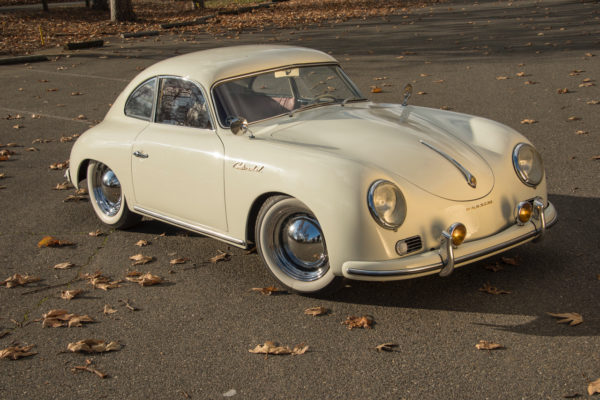
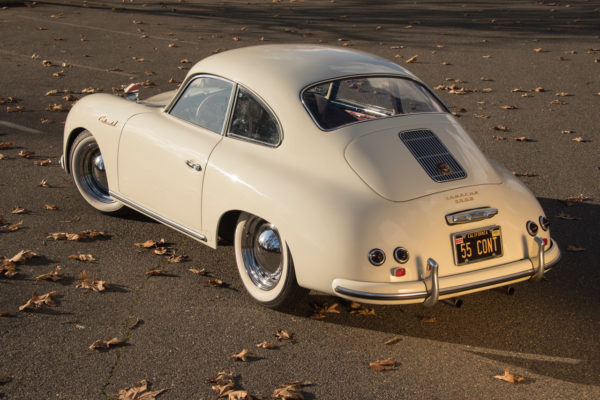
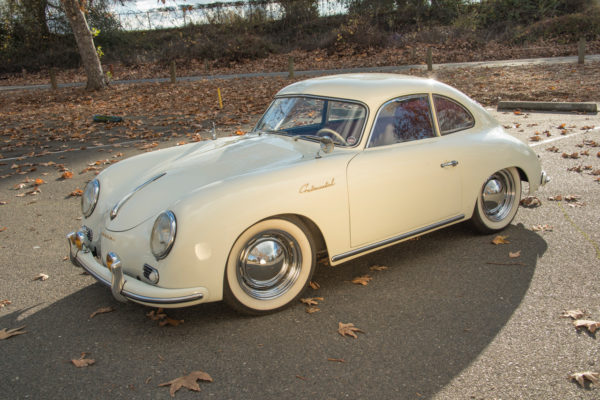
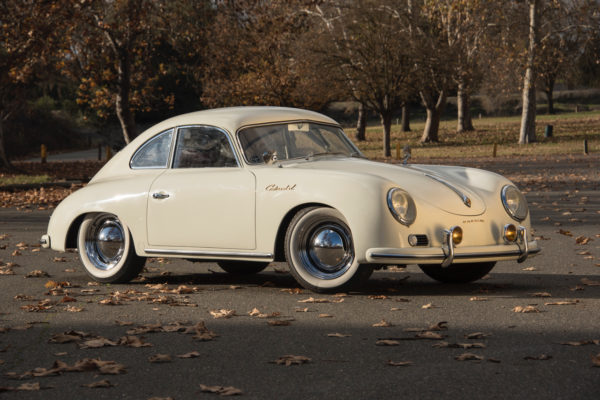
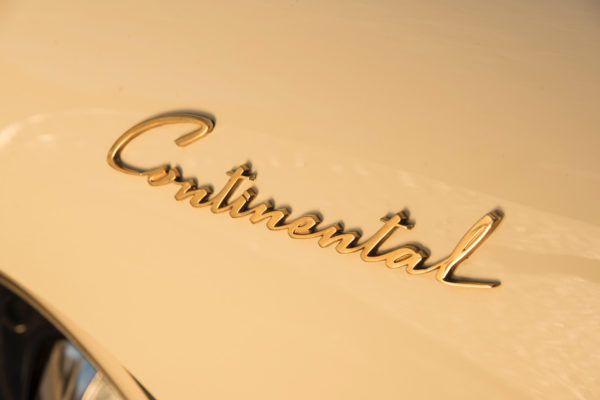
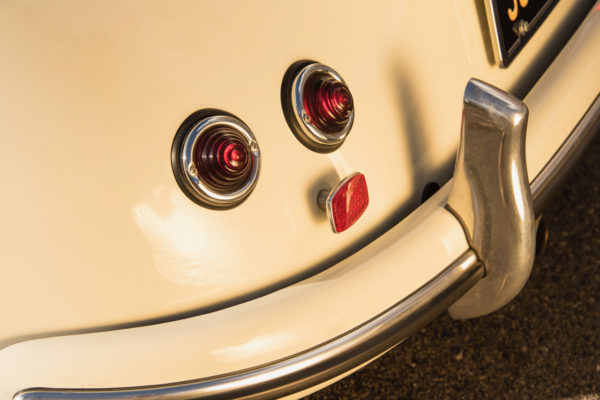
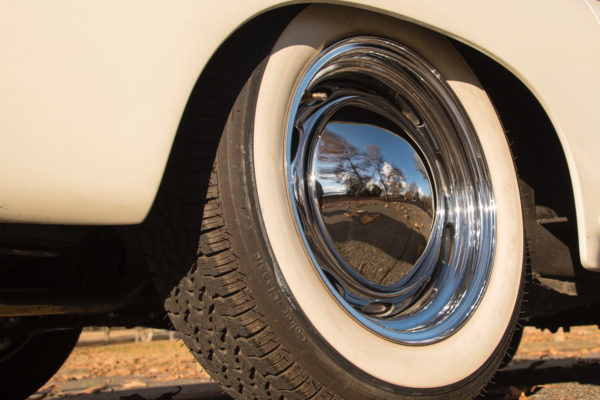
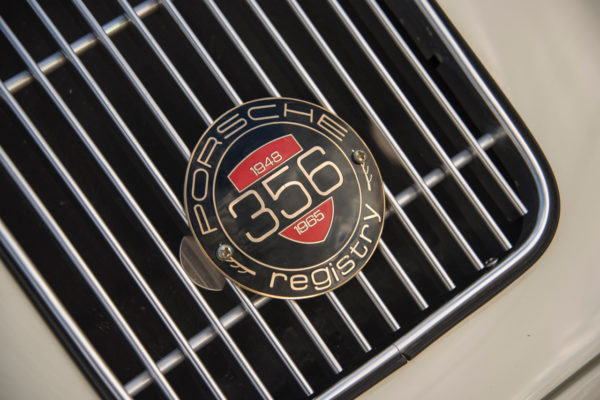
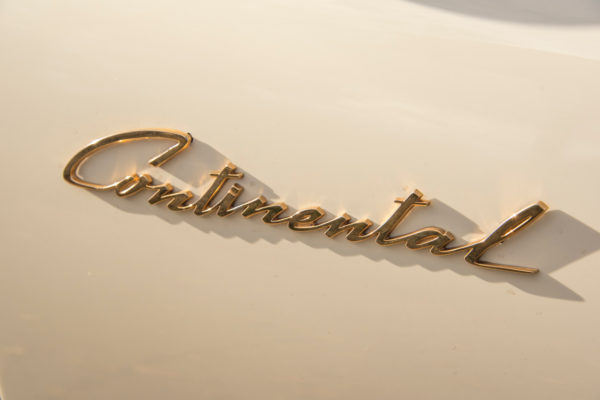
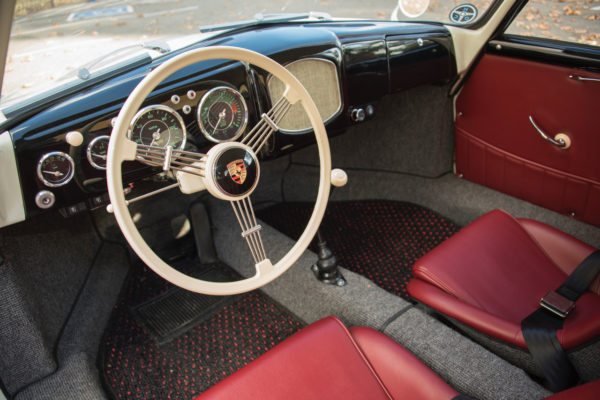
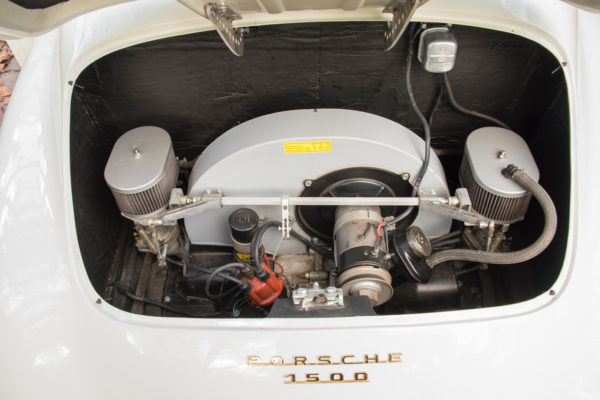
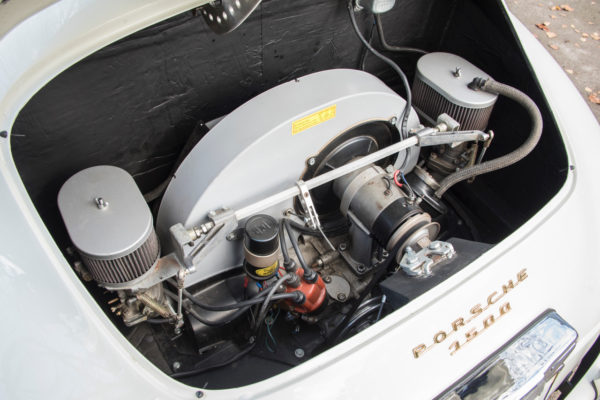
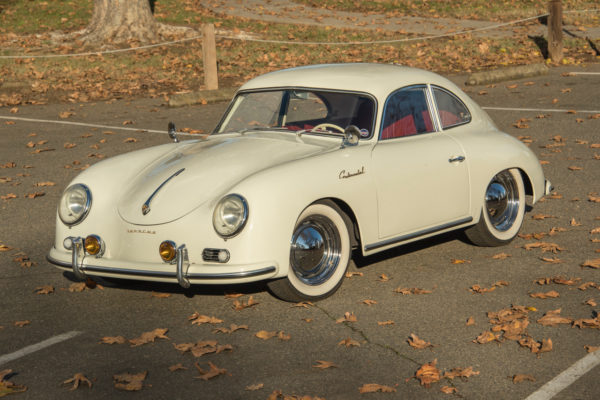
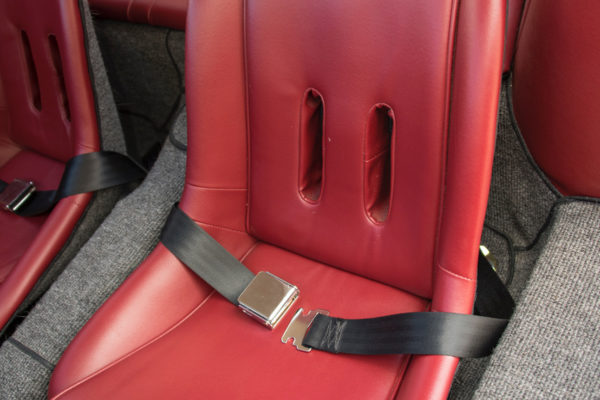
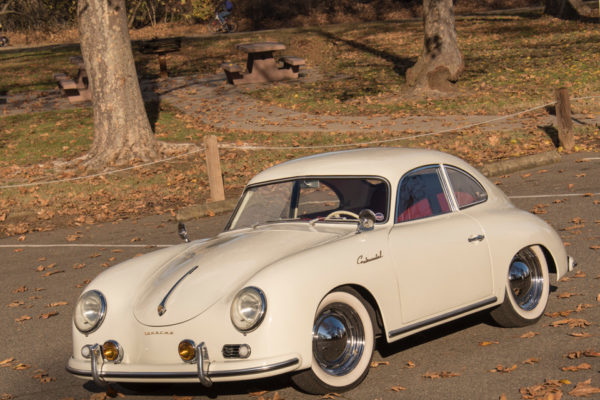
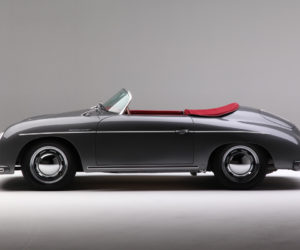
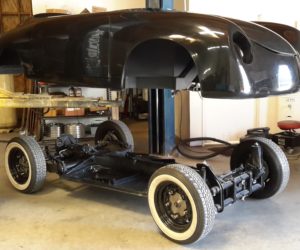
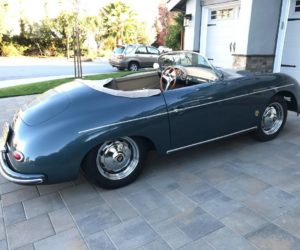
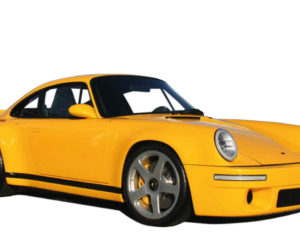
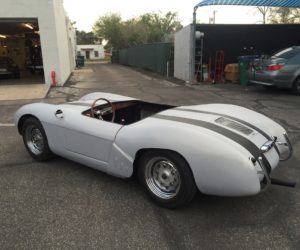
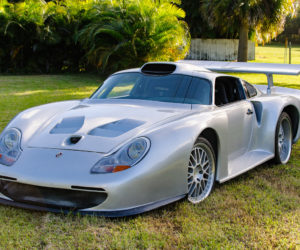




Comments for: Continental Flair
comments powered by Disqus